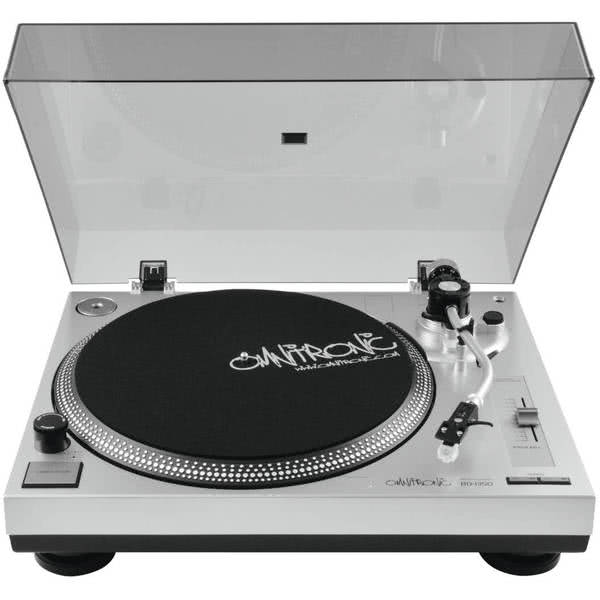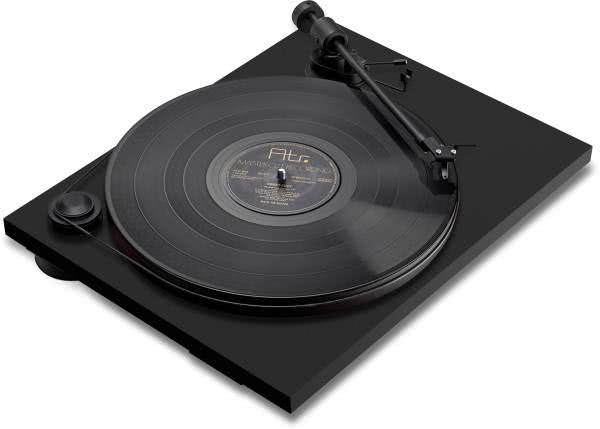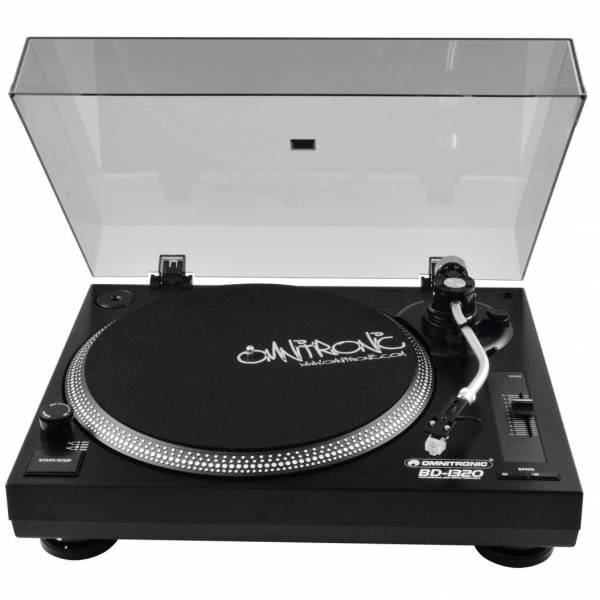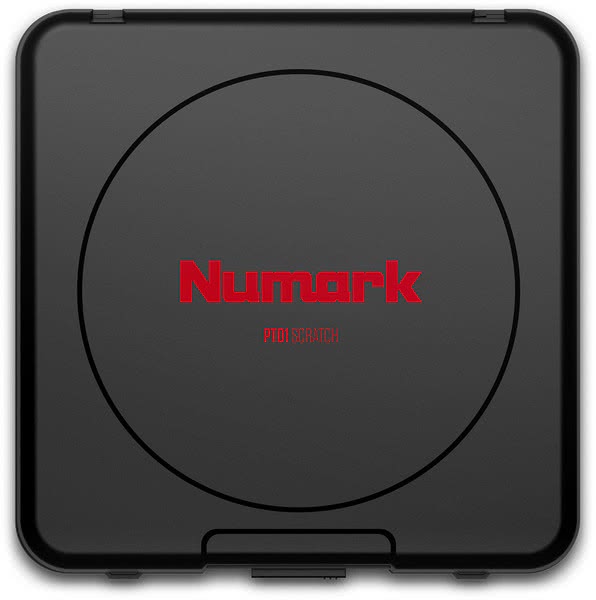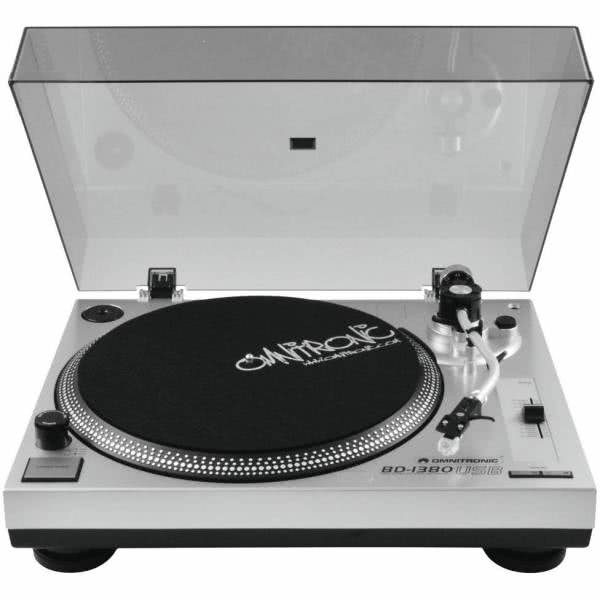Belt driven turntables
 Turntables have been around for decades, but they are anything but old-fashioned: At the moment there is even a real trend around the devices, because not only DJs, but also music lovers who want to enjoy their favourite music at home, decide more and more often to buy. A widespread design is the turntable with belt drive. But what distinguishes him and what are his advantages? All important information about the topic you will find in the following guide.
Turntables have been around for decades, but they are anything but old-fashioned: At the moment there is even a real trend around the devices, because not only DJs, but also music lovers who want to enjoy their favourite music at home, decide more and more often to buy. A widespread design is the turntable with belt drive. But what distinguishes him and what are his advantages? All important information about the topic you will find in the following guide.
The turntable with belt drive: design and operation
In general, turntables today are distinguished between models with direct drive and belt drive. The biggest difference to the direct drive is that the rotation of the motor axis is transferred to a belt attached to the turntable. This prevents unwanted vibrations and noise that can occur during playback due to the decoupling of the turntable and the motor.
Belt drive turntables are also characterised by a relatively low price, which is due to the cheaper manufacture of the devices.
However, it should be borne in mind that these devices have a relatively long ramp-up time before they are purchased. For this reason, DJs usually choose a turntable with direct drive. However, if you only need a turntable for normal home use, a model with belt drive is the best choice - this is enough for private music enjoyment.
Turntable belt drive: An overview of the different types
If you are interested in buying a turntable with belt drive, you are spoilt for choice these days with the different devices on the market. It is advisable to first familiarize yourself with the different models on the market, because there are some differences.
In principle, turntables with belt drive are divided into three categories.
- Manual turntables offer classical music enjoyment with a touch of nostalgia: In this case, the cartridge itself must be placed on the record by hand and removed again.
- There are also semi-automatic turntables, which, thanks to a sensor, are able to detect when a record is over. The tonearm is brought back here by itself.
- A fully automatic turntable takes over the positioning of the tonearm at the beginning and lifts it up again when the record ends.
If you look around in the trade, you can quickly see that the range of manufacturers for turntables with belt drive is very wide. Brands such as Denon, Dual, Omnitronic, Pro-Ject and Rega are very popular. Nevertheless, it would be wrong to orientate oneself only by a known name: the equipment of a turntable is much more important. For example, if you own a large collection of different records and want to digitize them, you can choose a turntable with USB connection. For mobile use, there are also special portable turntables, which often even have built-in loudspeakers.
The most important criteria for buying a turntable with belt drive
There are some music lovers who clearly prefer a belt-driven turntable because they value the sound more than a direct drive model. However, this cannot always be said clearly, because it always depends on the individual device.
It is advantageous if the turntable has a good quality strap: it should not be too wide and as stable as possible.
In a turntable with direct drive, the motor axis also represents the turntable axis at the same time. If the engine speed changes during operation, the turntable speed will also change as soon as a different tempo is set.
A high price does not automatically guarantee good sound quality. It is therefore very important to check the structure, material selection and processing before deciding on a model. Even cheaper turntables can produce good sound. A tip: follow recommendations from other buyers when buying turntables over the Internet. These are a good point of reference, which makes the decision easier.
Result: A turntable with belt drive is ideal for beginners
If you haven't had any experience with turntables up to now, you are well advised to use a device with direct drive. Due to their simple construction and good workmanship they are ideal for beginners.
Anyone interested in purchasing such a model can choose between manual, semi-automatic and fully automatic variants. Even for users who want to digitize their music collection, a turntable with a belt drive is usually a good choice, as they can easily be connected to the PC via a USB port.

